elemintalshop
Emperor Napoleon III & French Imperial Eagle 5 Centimes France Authentic Coin Money for Jewelry and Craft Making (Second Empire)
Emperor Napoleon III & French Imperial Eagle 5 Centimes France Authentic Coin Money for Jewelry and Craft Making (Second Empire)
Couldn't load pickup availability
Emperor Napoleon III & French Imperial Eagle 5 Centimes France Authentic Coin Money for Jewelry and Craft Making (Second Empire)
Obverse: Portrait of Napoleon III facing left, inside beaded circle. Lettering around outside, date underneath.
Lettering: NAPOLEON III EMPEREUR
BARRE
Engraver: Désiré-Albert Barre
Reverse: French Imperial Eagle. Mintmark below.
Lettering: EMPIRE FRANÇAIS
K
* CINQ CENTIMES *
Engraver: Désiré-Albert Barre
Features
Issuer France
Emperor Napoleon III (1852-1870)
Type Standard circulation coin
Years 1861-1865
Value 5 Centimes (0.05)
Currency Franc (1795-1959)
Composition Bronze
Weight 5 g
Diameter 25 mm
Thickness 1.13 mm
Shape Round
Orientation Coin alignment ↑↓
Demonetized 1 January 1935
Number N# 486
References F# 117, Gad# 155, KM# 797
Wikipedia:
Napoleon III (Charles Louis Napoléon Bonaparte; 20 April 1808 – 9 January 1873) was the first President of France (as Louis-Napoléon Bonaparte) from 1848 to 1852 and the Emperor of the French from 1852 to 1870. A nephew of Napoleon I, he was the last monarch to rule over France. Elected to the presidency of the Second Republic in 1848, he seized power by force in 1851, when he could not constitutionally be reelected; he later proclaimed himself Emperor of the French. He founded the Second Empire, reigning until the defeat of the French Army and his capture by Prussia and its allies at the Battle of Sedan in 1870. Napoleon III was a popular monarch, who oversaw the modernisation of the French economy and filled Paris with new boulevards and parks. He expanded the French overseas empire and made the French merchant navy the second largest in the world, engaged in the Second Italian War of Independence as well as the disastrous Franco-Prussian War, in which he commanded his soldiers during the fight and was captured.
Napoleon III commissioned a grand reconstruction of Paris carried out by the man he appointed as prefect of the Seine, Baron Georges-Eugène Haussmann. He expanded and consolidated the railway system throughout the nation and modernized the banking system. Napoleon III promoted the building of the Suez Canal and established modern agriculture, which ended famines in France and made the country an agricultural exporter. He negotiated the 1860 Cobden–Chevalier Free Trade Agreement with Britain and similar agreements with France's other European trading partners. Social reforms included giving French workers the right to strike, the right to organize, and the right to be admitted to a French University as a woman.
In foreign policy, Napoleon III aimed to reassert French influence in Europe and around the world. In Europe, he allied with Britain and defeated Russia in the Crimean War (1853–1856). His regime assisted Italian unification by defeating the Austrian Empire in the Franco-Austrian War and later annexed Savoy and Nice through the Treaty of Turin as its deferred reward. At the same time, his forces defended the Papal States against annexation by Italy. He was also favourable towards the 1859 union of the Danubian Principalities, which resulted in the establishment of the United Principalities of Moldavia and Wallachia. Napoleon III doubled the area of the French overseas empire with expansions in Asia, the Pacific and Africa. On the other hand, the intervention in Mexico, which aimed to create a Second Mexican Empire under French protection, ended in total failure. From 1866, Napoleon III had to face the mounting power of Prussia as its Chancellor Otto von Bismarck sought German unification under Prussian leadership. In July 1870, Napoleon III reluctantly declared war on Prussia after pressure by the public. The French Army was rapidly defeated as Napoleon III was captured at Sedan. He was swiftly dethroned and the Third Republic was proclaimed in Paris. He went into exile in England, where he died in 1873.
********
Wikipedia:
The French Imperial Eagle (Aigle de drapeau, lit. "flag eagle") refers to the figure of an eagle on a staff carried into battle as a standard by the Grande Armée of Napoleon during the Napoleonic Wars. Although they were presented with regimental colours, Napoleon's regiments tended to carry at their head the Imperial Eagle.
History
On 5 December 1804, three days after his coronation, Napoleon distributed aigles based on the eagle standards of the Roman legions. The standards represented the regiments raised by the various departments of France, and were intended to institute feelings of pride and loyalty among the troops who would be the backbone of Napoleon's new Imperial regime. Napoleon gave an emotional speech in which he insisted that troops should defend the standards with their lives. This event was depicted in The Distribution of the Eagle Standards, an 1810 painting by Jacques-Louis David.
The original design was sculpted by Antoine-Denis Chaudet and then copies were cast in the workshop of Pierre-Philippe Thomire, with the first eagles presented on 5 December 1804. It was a bronze sculpture of an eagle on a plinth, with one claw resting on "Jupiter's spindle". weighing 1.85 kg (4 lb), mounted on top of the blue regimental flagpole. They were made from six separately cast pieces designed along Roman lines and, when assembled, measured 310 mm (12 in) in height and 255 mm (10 in) in width. On the base would be the regiment's number or, in the case of the Imperial Guard, Garde Impériale. The eagle bore the same significance to French Imperial regiments as the colours did to British regiments - to lose the eagle would bring shame to the regiment, who had pledged to defend it to the death. Upon Napoleon's fall, the restored monarchy of King Louis XVIII ordered all eagles to be destroyed; only a very small number were preserved. When the former emperor returned to power in 1815 (known as the Hundred Days), he immediately had more eagles produced, although the quality did not match the originals. The workmanship was of a lesser quality and the main distinguishing changes had the new models with closed beaks and they were set in a more crouched posture.
********
From 31 December 1851, Napoleon III decided to re-use his uncle’s symbols, placing eagles at the top of every regimental flagstaff. Another ceremony for the distribution of “eagles” was organised, on 10 May 1852, after the coup d’état of 2 December 1851, but before the referendum that publicly sanctioned the Empire in November 1852. Indeed, the ceremony was of the utmost political importance, since it gave the future Emperor an opportunity to gauge the loyalty of his army. For this event, representatives were summoned from every garrison in France and Algeria. The actual eagles, designed by Jean-Auguste Barre (1811-1896) and cast in gilded bronze, once again had unfurled wings and an open beak. In all, there were three models that would be realised during the course of the Second Empire. Indeed, Napoleon III himself asked smelters to reduce considerably the weight of the eagles, firstly in line with technological advances but also with the aim of enhancing his solders’ well-being. In 1854, an eagle created using an electroplating technique (in other words, the application of a thin coating of metal to another metallic surface though an electrochemical process called “galvanoplastie”) was proposed to the Emperor. Finally, in 1860, the foundry master Michel-Ange Marion offered an eagle made from an aluminium-bronze alloy and then gilded. The weight was reduced to no more than a kilo.
Share
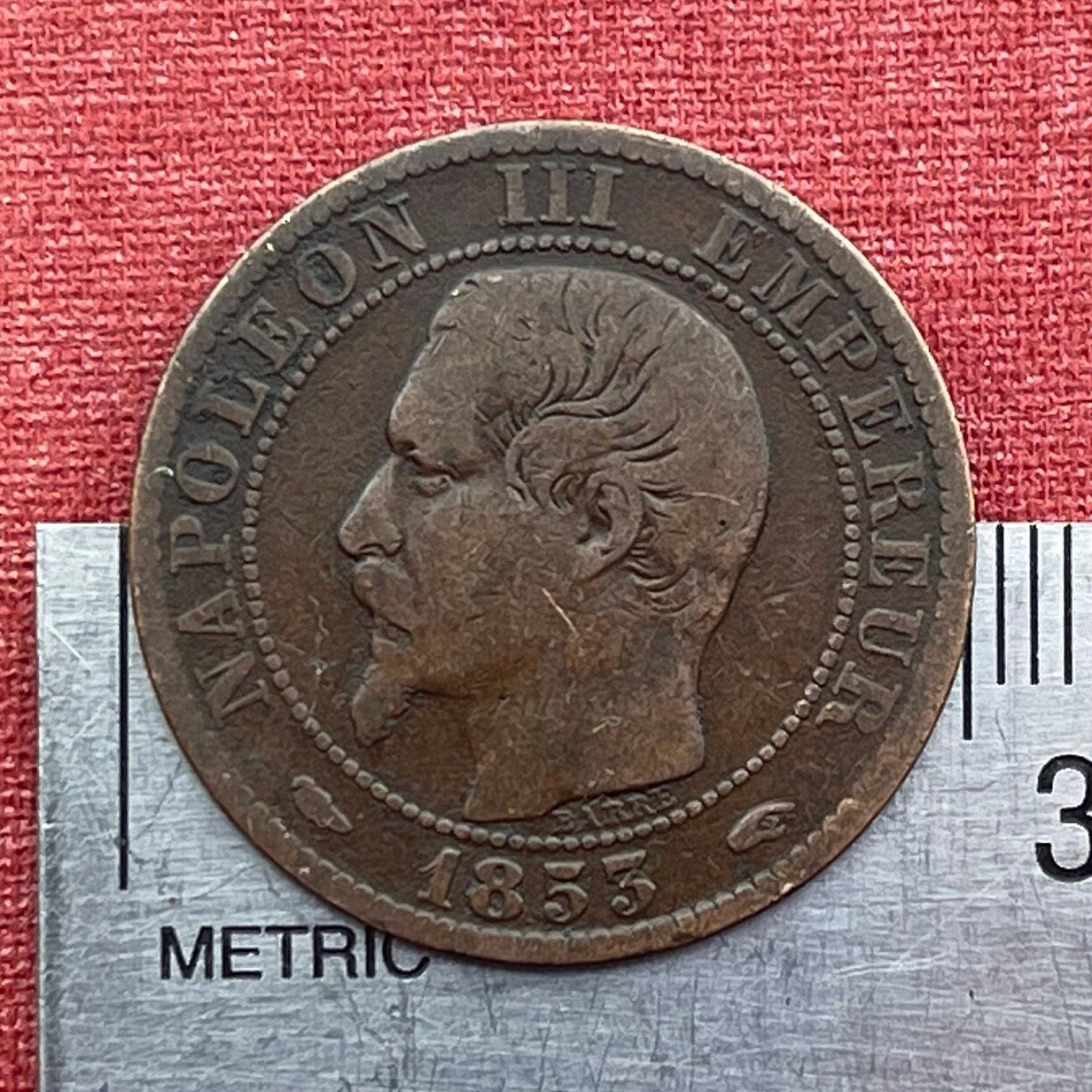
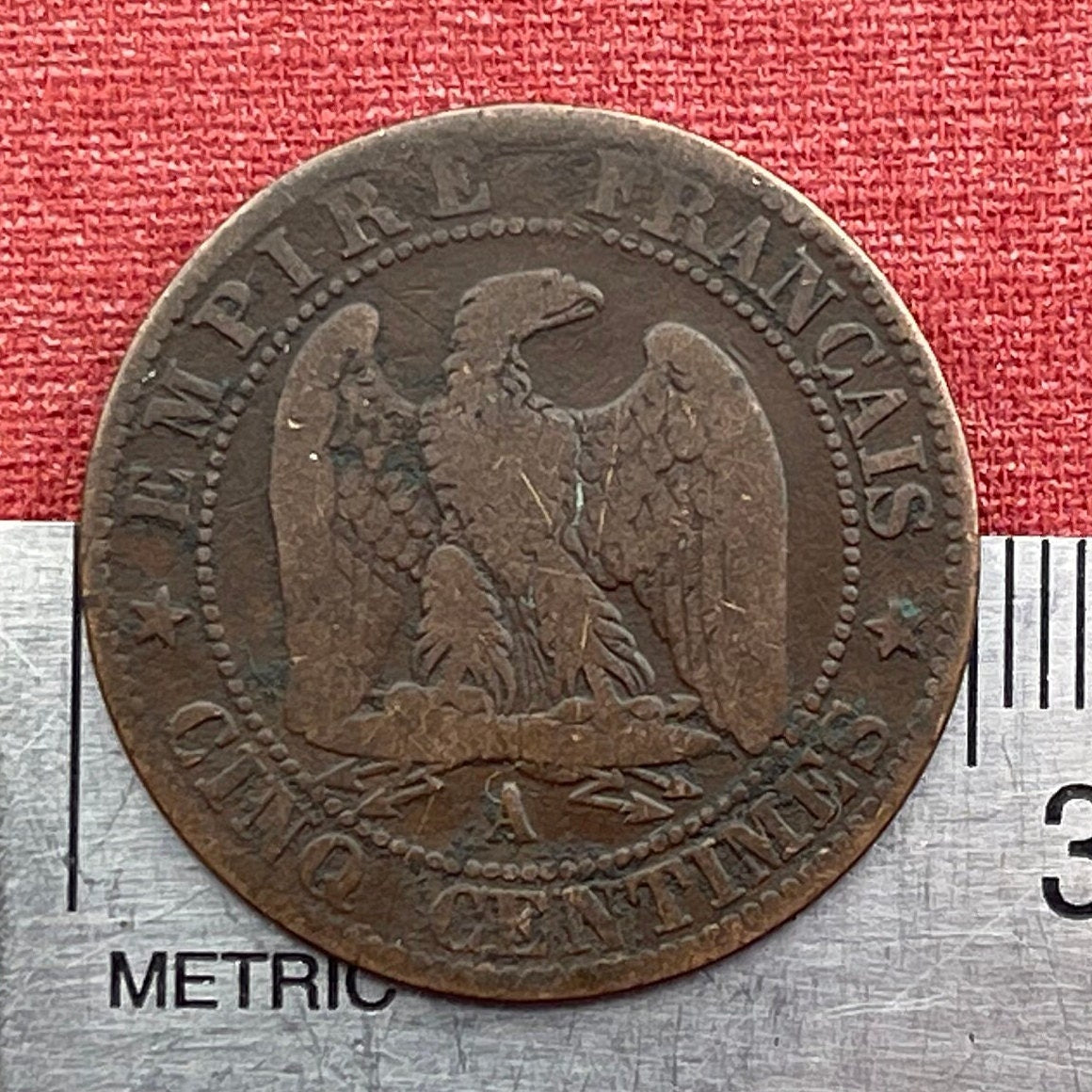
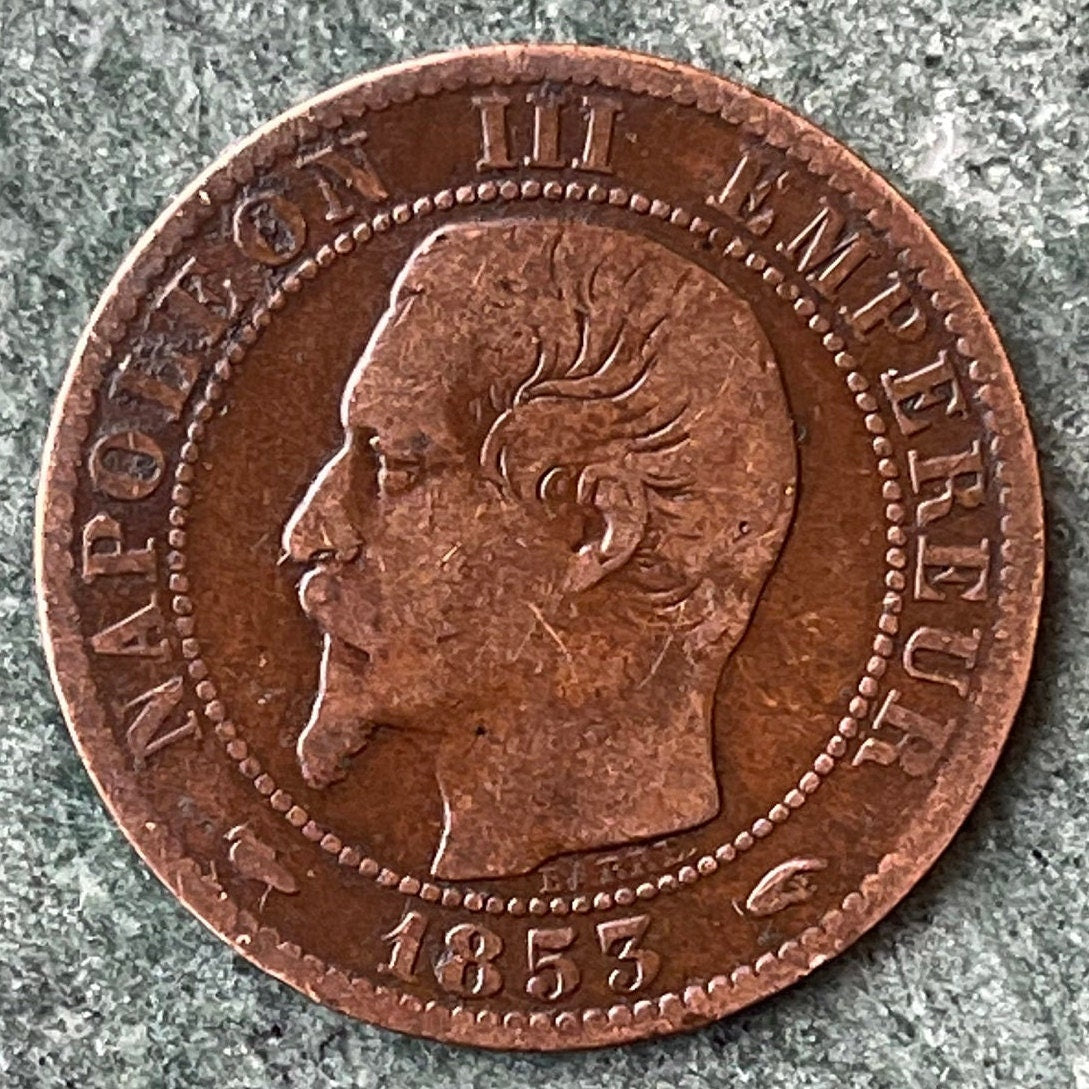
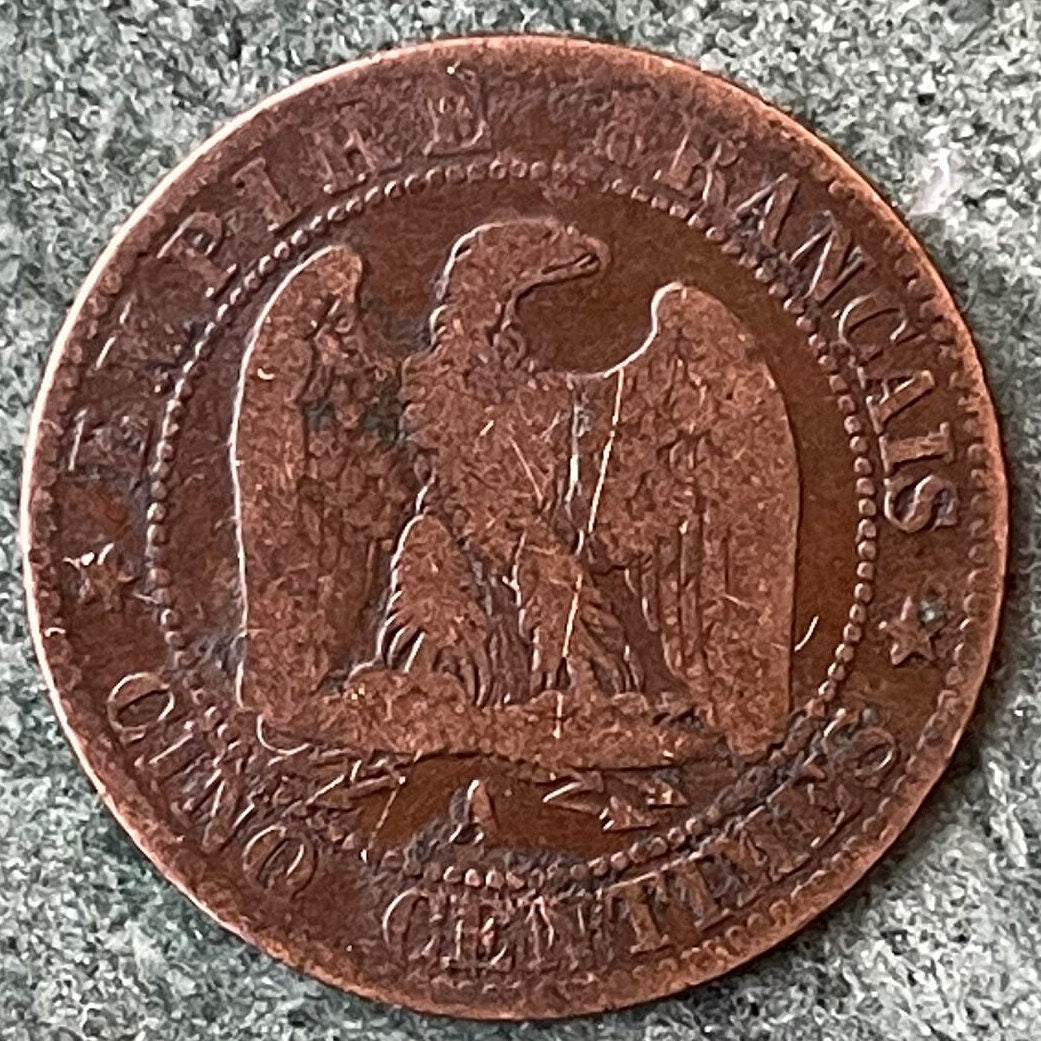

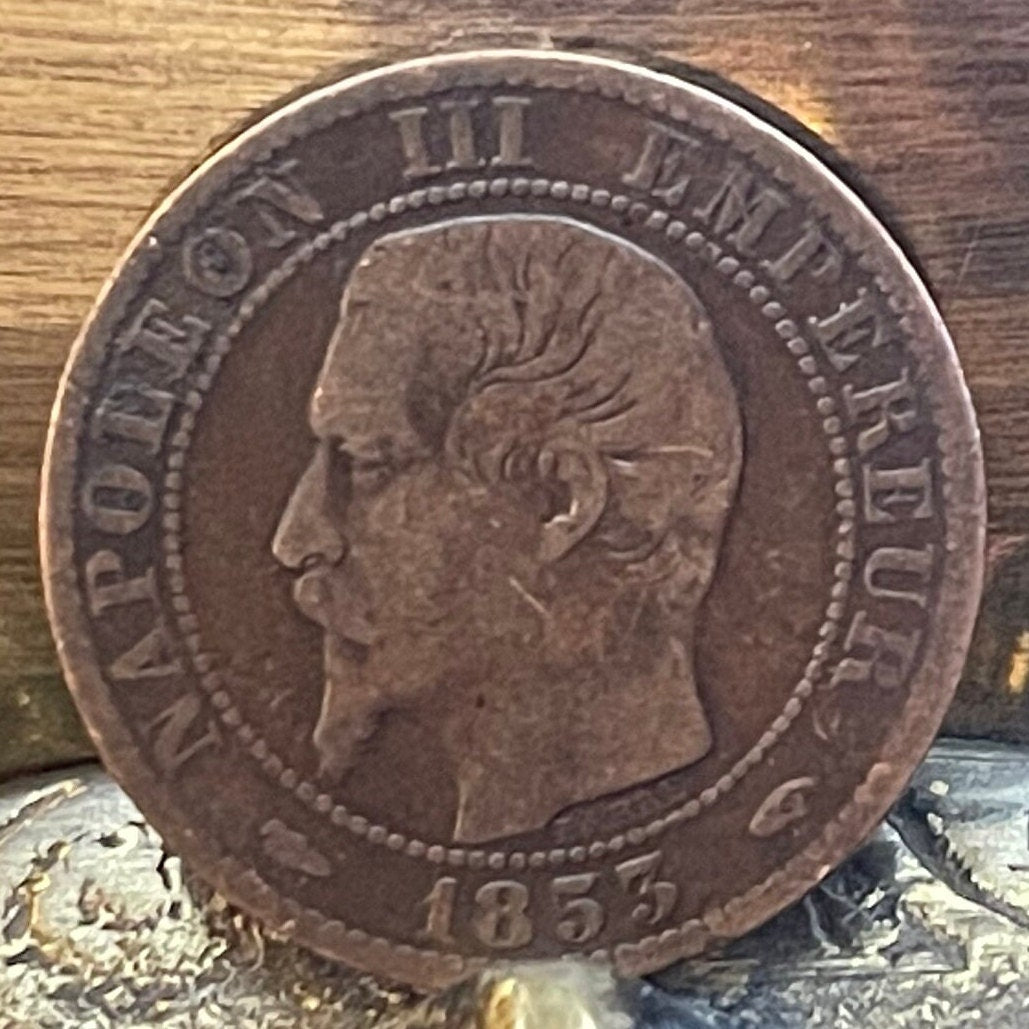
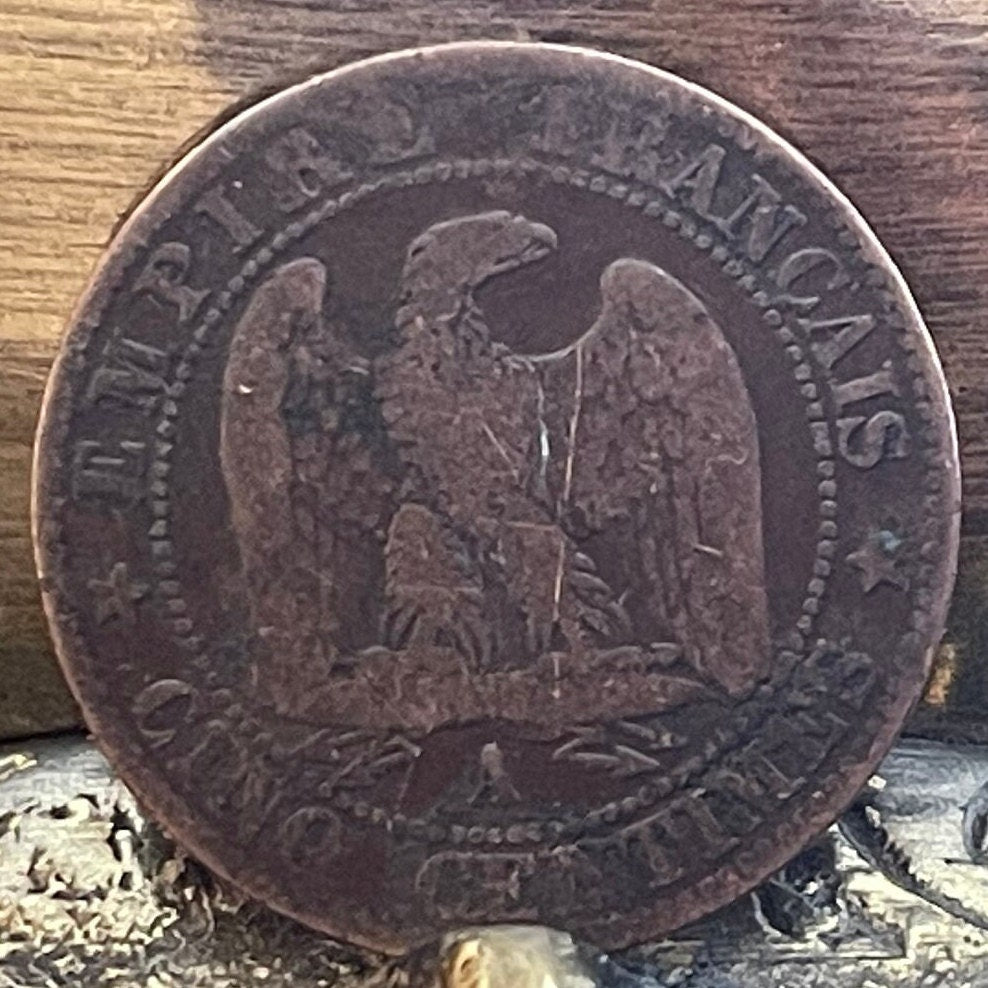
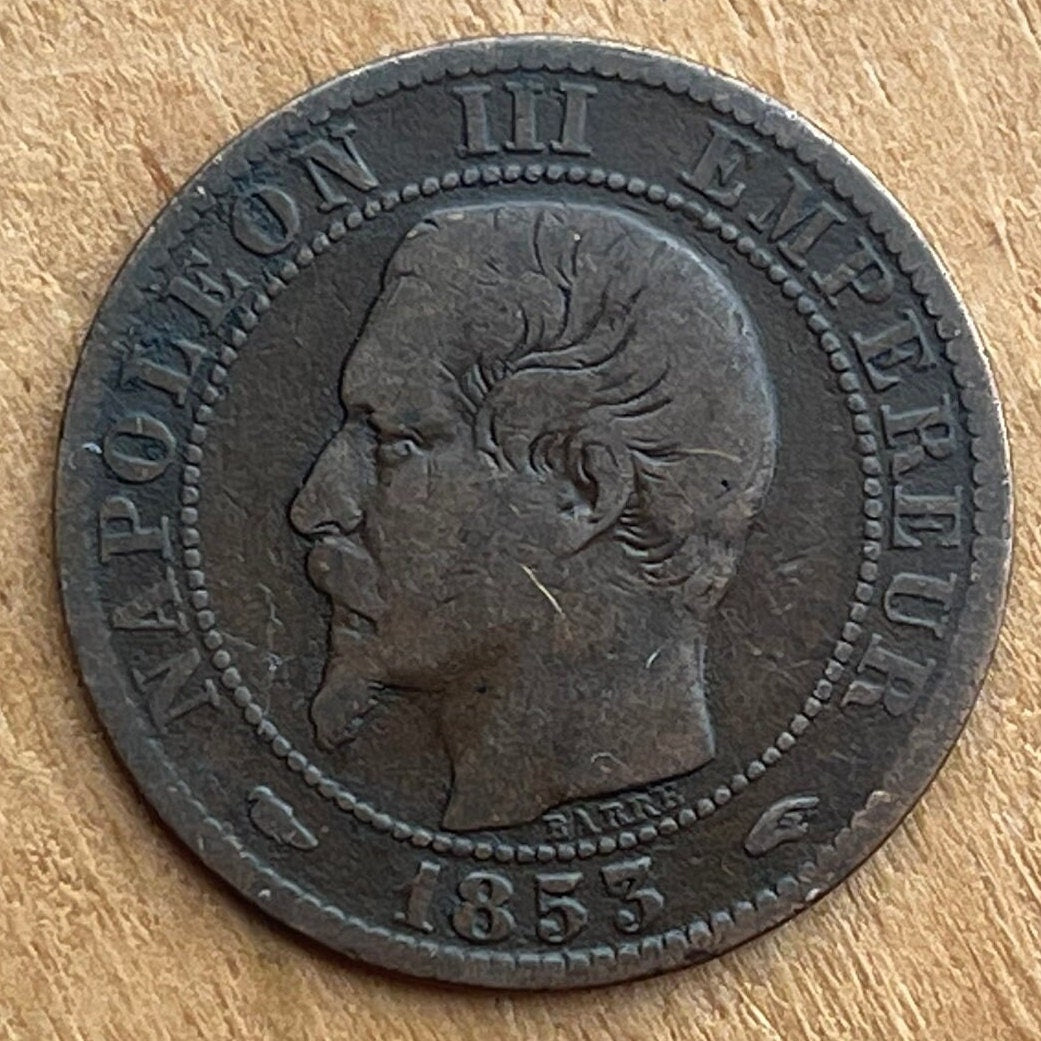

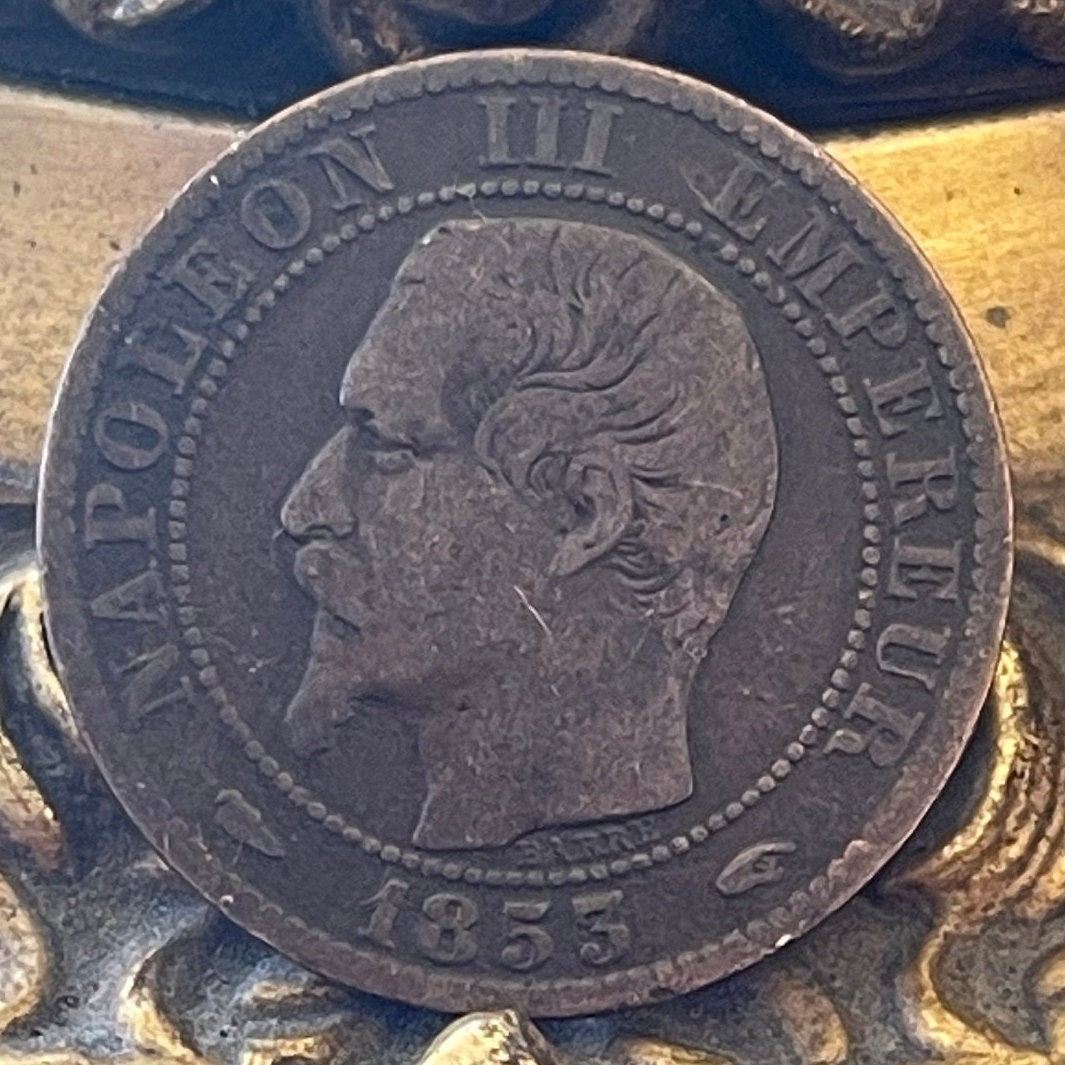
5 stars review from Veronica









